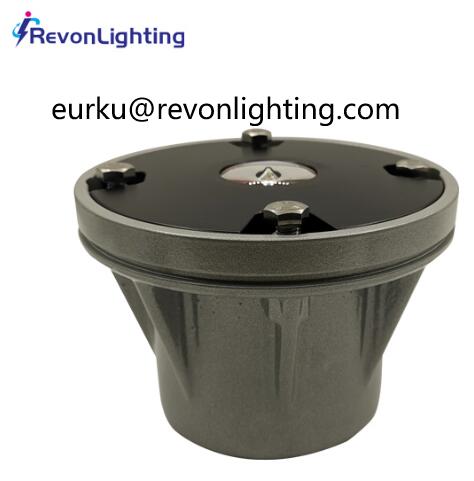Posted: 2024-04-27
Helipad lights are specialized lighting systems that are installed on helipads to enhance visibility during nighttime operations. These lights play a crucial role in ensuring aviation safety and facilitating efficient helicopter operations, particularly in low-light or limited visibility conditions.
Helipad lights are designed to provide essential guidance and reference points for helicopter pilots during landing, takeoff, and taxi procedures. They are strategically positioned around the helipad to maximize visibility and aid pilots in safe navigation. These lights include various types such as landing lights, perimeter lights, windsock lights, approach lights, threshold lights, and taxiway lights.

Landing lights are the primary lights installed at the center of the helipad. They emit a bright, focused beam of light to guide pilots during the critical phase of landing. These lights are typically white and provide pilots with important visual references for accurate alignment and descent.
Perimeter lights are installed along the edges of the helipad. They serve as warning lights, defining the boundaries of the helipad and preventing accidental contact with obstacles or unintended straying. These lights enhance safety by clearly marking the edges of the landing zone.
| Helipad lights | Helipad light |
Windsock lights are designed to illuminate and enhance the visibility of the windsock. The windsock indicates wind direction and intensity, providing crucial information for safe helicopter operations. Pilots rely on accurate wind data for landing, takeoff, and maneuvering, making these lights essential for maintaining situational awareness.
Approach lights are positioned along the approach path leading to the helipad. They provide pilots with visual cues to maintain the correct glide path during landing. These lights are typically green and help pilots maintain the appropriate altitude and trajectory during descent.
Threshold lights are located at the end of the landing zone or runway. They assist pilots in identifying the landing area and aligning with the helipad. Threshold lights ensure a proper approach and landing procedure by marking the touchdown point for the helicopter.
Taxiway lights, also known as exit lights, are installed near the end of the helipad. They indicate the exit point for helicopters after landing, providing clear guidance on where to taxi and park the aircraft. These lights prevent congestion and facilitate the efficient movement of helicopters on the helipad.
Helipad lights are required to comply with international aviation regulations and standards, including those set by the International Civil Aviation Organization (ICAO) and local aviation authorities. These lights undergo rigorous testing and certification to ensure their compliance and effectiveness in various environmental conditions and visibility situations.
Advancements in lighting technology have led to the use of LED (Light-Emitting Diode) lights for helipad lighting applications. LED lights offer several advantages, including longer lifespan, energy efficiency, and brighter illumination. They require less maintenance and have higher resistance against vibrations, temperatures, and adverse weather conditions.
In summary, helipad lights are essential components of aviation safety and efficient helicopter operations. They provide critical guidance and visibility for pilots during landing, takeoff, and taxi procedures, enhancing safety and operational efficiency. Compliant with aviation regulations, these lights come in various types and configurations. LED technology has revolutionized helipad lighting, providing enhanced performance and longevity. Regular maintenance and inspection are crucial to ensure proper functioning and compliance with regulations, thereby maintaining overall helipad safety and efficiency.